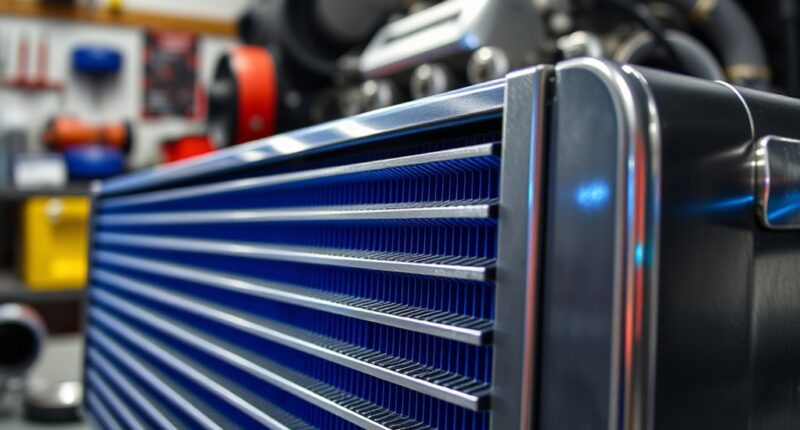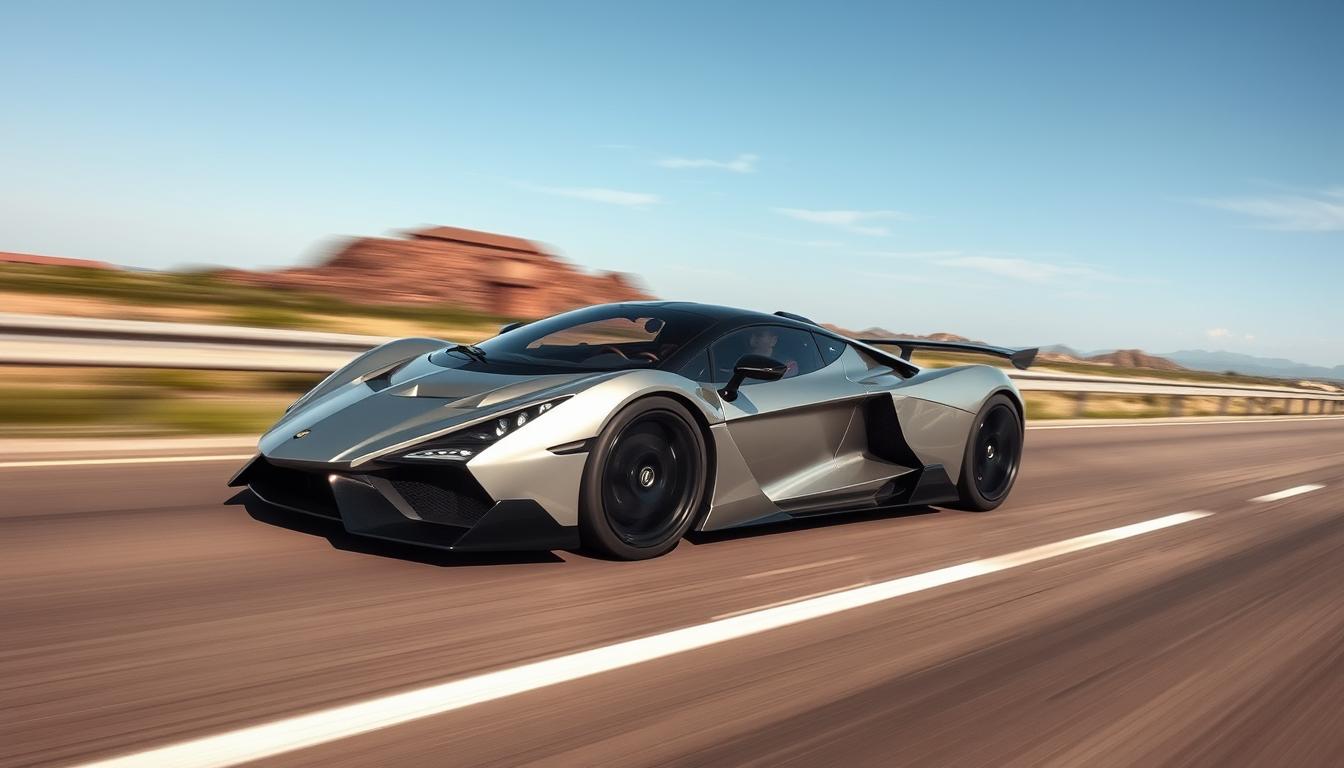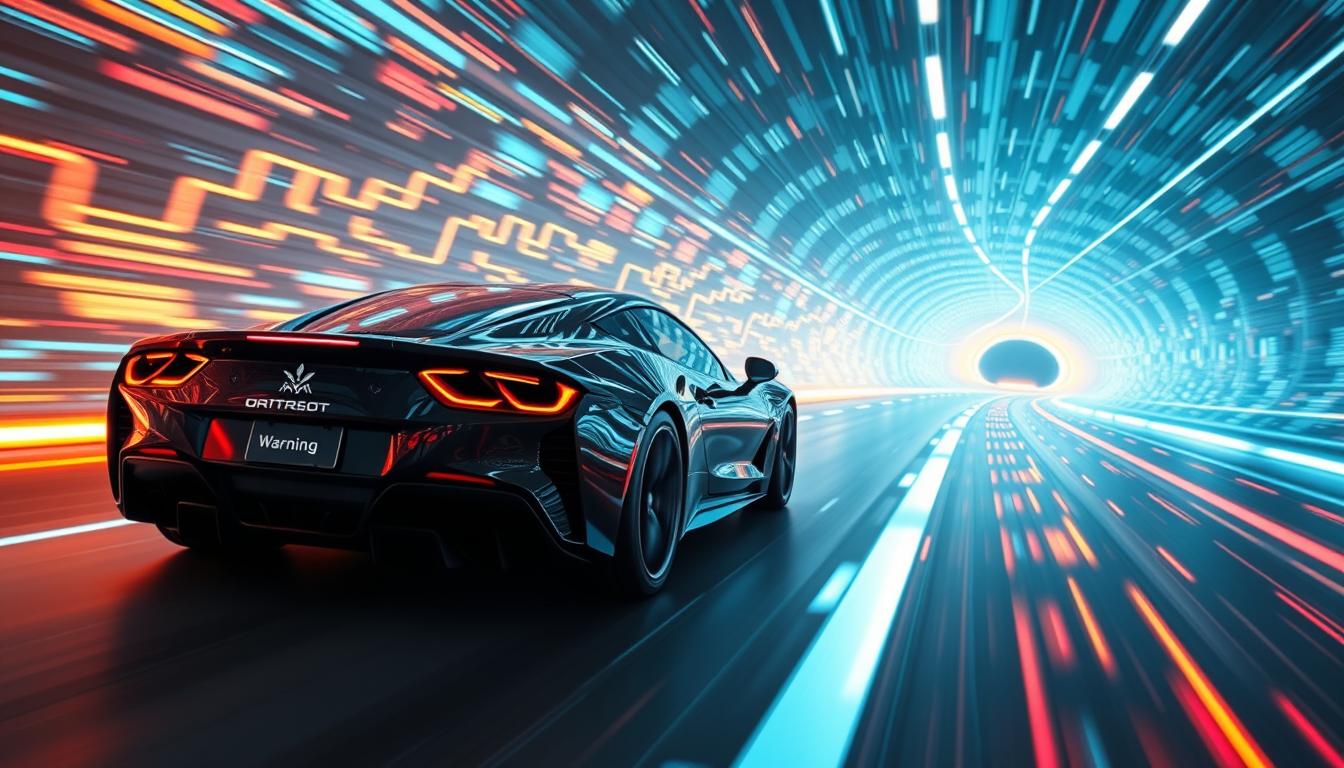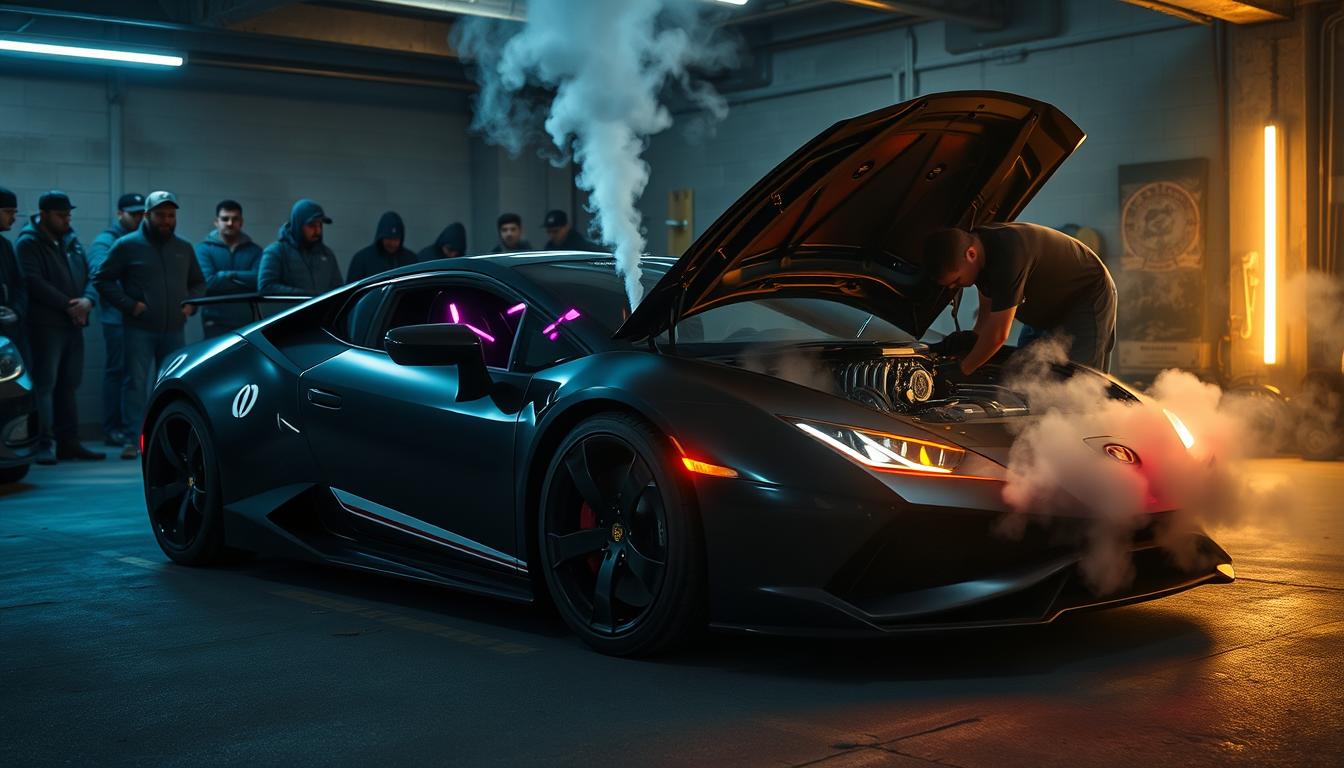To maximize boost efficiency, choose an intercooler that balances enough core surface area for effective cooling without causing excessive pressure drop. A properly sized intercooler cools charge air effectively, prevents engine knocking, and maintains boost pressure. If it’s too small, intake temps rise, and performance drops; too large, and you risk reduced airflow. Finding that sweet spot depends on your vehicle’s goals and setup—keep going to discover how to optimize your intercooler size.
Key Takeaways
- Match intercooler size to your vehicle’s boost levels and turbo airflow to optimize cooling without excessive pressure drop.
- Prioritize core surface area and fin density to maximize heat dissipation while maintaining airflow efficiency.
- Consider space constraints and packaging to select an intercooler that fits without restricting airflow or causing installation issues.
- Monitor intake temperature, boost pressure, and pressure drop during testing to fine-tune intercooler sizing for peak performance.
- Balance cooling capacity with minimal pressure loss to ensure maximum boost efficiency and reliable engine operation.
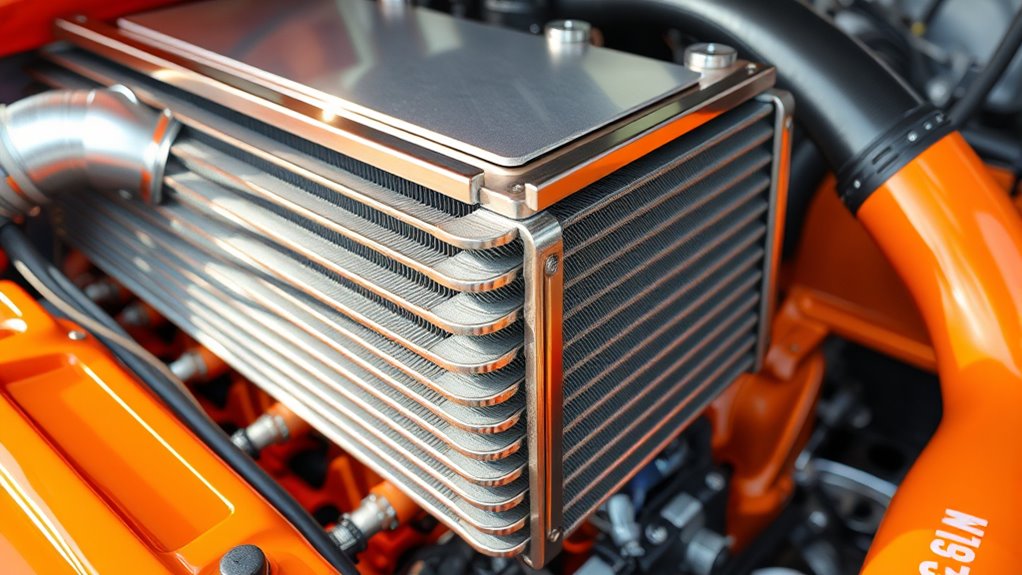
Have you ever wondered how to choose the right intercooler size for your vehicle? The key lies in understanding how your intercooler handles charge air and how it impacts pressure drop. When your turbocharger compresses air, it heats up, which reduces density and efficiency. An intercooler cools this charge air before it reaches the engine, maximizing power and preventing knocking. But selecting the right size isn’t just about fitting the biggest intercooler you can find; it’s about balancing cooling capacity with airflow efficiency.
If your intercooler is too small, it won’t effectively cool the charge air, leading to higher intake temperatures. This can cause engine knocking and power loss, especially under boost. On the other hand, a larger intercooler might seem better because it cools more air, but it can also introduce a significant pressure drop. When the pressure drop is too high, your turbo has to work harder to push air through, which reduces overall boost pressure and hampers performance. The goal is to minimize pressure drop while maximizing cooling efficiency.
To pick the right size, you need to consider your vehicle’s power goals and the boost levels you’re aiming for. Think about how much charge air your turbo produces and how much heat it generates. Larger intercoolers have more core surface area, which helps dissipate heat more effectively, but they also add more resistance to airflow. Conversely, smaller units may be more efficient in terms of airflow but might not cool enough under high boost conditions.
The design also plays a role. A core with a high fin density increases heat transfer but can cause a bigger pressure drop. You want a core that provides efficient heat exchange without restricting airflow excessively. The dimensions of the intercooler—its length, width, and thickness—should match your vehicle’s space constraints and airflow demands. Remember, an oversized intercooler in a tight engine bay can cause packaging issues, while an undersized unit will limit performance gains.
Additionally, considering Mazda Tuning principles, selecting an intercooler that complements your modifications ensures better integration with your vehicle’s overall performance upgrades. Ultimately, the best intercooler size strikes a balance: it’s large enough to cool charge air effectively but not so restrictive that it causes a significant pressure drop. Monitoring intake temperature, boost levels, and pressure drop during testing helps you fine-tune your setup. Proper sizing ensures your turbo delivers maximum boost efficiency, keeping charge air cool and pressure drop minimal, so your engine performs at its peak without risking damage.
Frequently Asked Questions
How Does Intercooler Size Affect Turbo Lag?
When you increase intercooler size, it can affect turbo lag by improving cooling capacity and airflow dynamics. A larger intercooler efficiently cools compressed air, which helps the turbo spool faster and reduces lag. However, if it’s too big, it might add weight and resistance, slightly delaying spool time. Balancing size for maximum cooling and airflow ensures you get quick response without sacrificing boost performance.
Can a Larger Intercooler Cause Pressure Drop Issues?
Like a dam holding back a river, a larger intercooler can cause pressure loss if it’s not properly designed. You might experience airflow restriction, which leads to pressure drop across the cooler. This can reduce boost efficiency and engine performance. To avoid pressure loss issues, choose an intercooler with ideal core size and airflow capacity for your setup, ensuring maximum cooling without sacrificing pressure and power.
What’s the Ideal Intercooler Material for Durability?
When choosing an intercooler material for durability, you want something with excellent material durability and high thermal conductivity. Aluminum is your best option because it resists corrosion and withstands high temperatures, ensuring longevity. Copper also offers great thermal conductivity but is heavier and less durable over time. Steel isn’t ideal due to lower thermal conductivity, but it’s very durable. Overall, aluminum strikes the perfect balance for durability and efficient heat transfer.
How Do Ambient Temperatures Influence Intercooler Efficiency?
Think of your intercooler as a sponge soaking up heat. When ambient temperature rises, it’s like squeezing that sponge in a hot room—heat transfer becomes less effective, and the intercooler struggles to cool the air. Higher ambient temperatures reduce intercooler efficiency by limiting its ability to transfer heat away from compressed air, which can lead to decreased engine performance. Stay aware of your environment for ideal boost and cooler intake temps.
Does Intercooler Positioning Impact Boost Performance?
Intercooler placement substantially impacts boost performance by affecting airflow optimization. When you position the intercooler correctly, it receives cooler, denser air, which enhances cooling efficiency and reduces intake temperatures. Proper placement ensures better airflow, preventing heat buildup and improving overall turbo performance. You should locate the intercooler where it’s exposed to maximum airflow, typically in front of the radiator, to optimize boost and maximize your engine’s power output.
Conclusion
Choosing the right intercooler size boosts your turbo’s efficiency and power. Did you know that a properly sized intercooler can reduce intake air temperatures by up to 50%, markedly improving performance? Remember, an oversized intercooler might add unnecessary weight, while one that’s too small won’t cool effectively. By understanding these sizing secrets, you maximize your boost and keep your engine running smoothly. Make smart choices, and you’ll see impressive gains on every drive.
